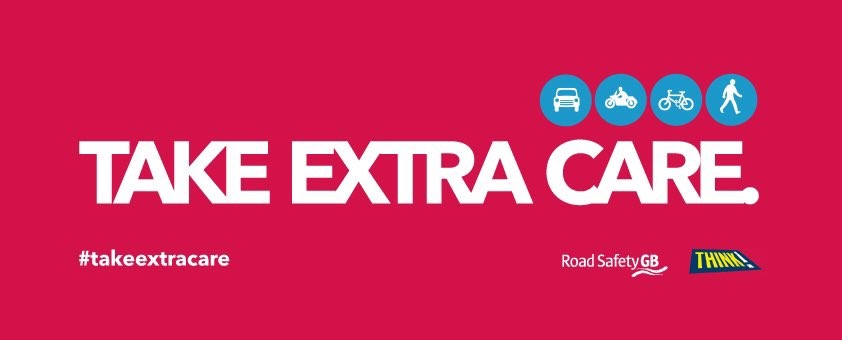Government data shows that road traffic levels have dropped by around 60% since the Government introduced social distancing and an enforced lockdown.
Rush hour, according to The Times, has now all but disappeared from many UK cities with the country ‘staying at home’. However, there are major concerns that lower traffic levels have led to some drivers speeding.
The Metropolitan Police clocked one driver doing 91mph in a 50mph section of the A12 in east London and another doing 118mph on a 70mph stretch of the A13.
Speeding – one of the fatal four
Police forces say speeding is one of the ‘fatal four’ causes of road traffic collisions, along with the illegal use of mobile phones at the wheel, not wearing a seatbelt and drink-driving.
According to Department for Transport data, 177 people were killed in 2018 due to exceeding the speed limit, with 1,257 suffering serious injuries. Overall, excessive speed was responsible for 4,652 road traffic collisions. – or the equivalent of 13 road traffic collisions a day1 during 2018.
In addition to this, there were 374 fatalities and a total of 9,186 road collisions caused by drivers losing control of vehicles, indicating there were actually even more fatalities where speed could have been a major factor. This equates to around one fatality and 25 collisions a day.
- Coronavirus (COVID-19): Answering drivers’ questions
- Speed limits in the UK: know the laws
- Fixed Penalty Notices: all you need to know
Advice to drivers: slow down, save lives
Exceeding the speed limit at any time is illegal and dangerous. Lower traffic volumes shouldn’t be seen as an excuse for drivers to break the speed limit, neither should they be lulled into a false sense of security that they don’t need to pay as much attention to the road as they would do normally.
In fact, the RAC believes it’s never been more important to drive safely:
- NHS capacity: The NHS is dealing with a pandemic which is putting significant pressure on resources and its attention must be focused on those who really need it at this unprecedented time. Over the coming days and weeks, hospitals may be overwhelmed by patients affected by COVID-19 so driving sensibly will not only improve the safety of all road users, it will also free up paramedics and hospitals to deal with the sick.
- Policing: The police are busy keeping the public safe during the COVID-19 pandemic and enforcing social distancing guidelines and their resources should be focused on that, rather than having to deal with speeding drivers or worse, being called to the scene of a tragic, yet preventable road traffic collision.
- Increased walkers crossing or in the road: Most of those taking their daily exercise by walking or jogging are following the Government’s social distancing guidelines. In residential areas this means sharing narrow paths may become increasingly difficult. Many pedestrians will choose to cross to the other side of the road to avoid getting too close to others or even walk in the road to provide enough space between themselves and others on the pavement.
- Cyclists: Many people are using cycling as their daily ‘allowance’ of exercise or for commuting where they cannot work from home. Cyclists will also be exercising social distancing which means they may also need to move into the middle of the road to protect others on nearby pavements or when overtaking other cyclists on the road. More than ever, these vulnerable road users need drivers to look out for them.
- Parked vehicles: With so many people working from home during lockdown, residential roads are likely to have a higher proportion of parked vehicles on the street. This means it will be harder for drivers to spot pedestrians crossing the road between parked vehicles – another reason to go at safe speeds and remain alert.
Find out everything you need to know about driving during the COVID-19 pandemic.


RAC sale – up to 33% off*
• Roadside cover from £5.29 a month†
• We get to most breakdowns in 60 mins or less
• Our patrols fix 4/5 breakdowns on the spot









